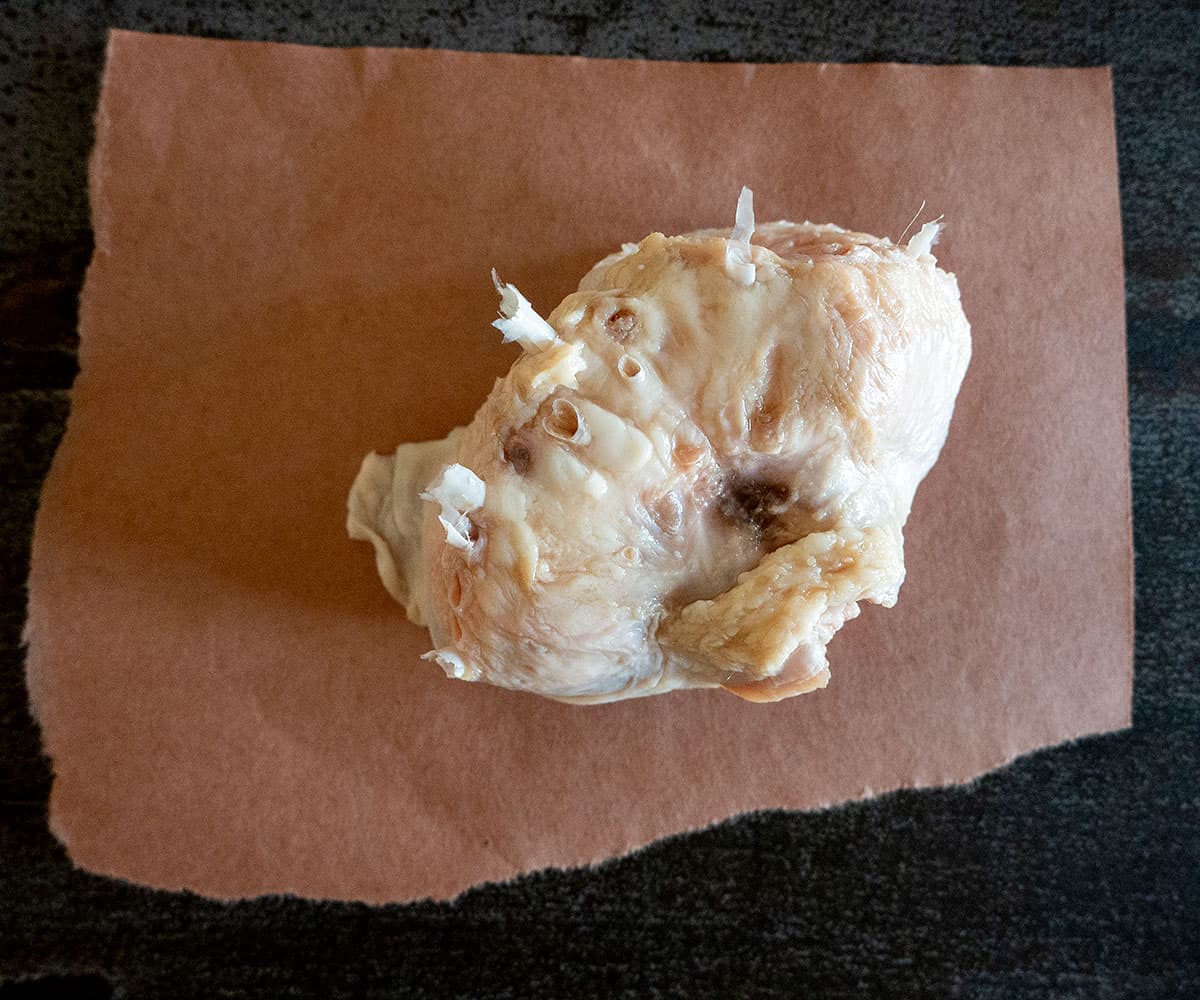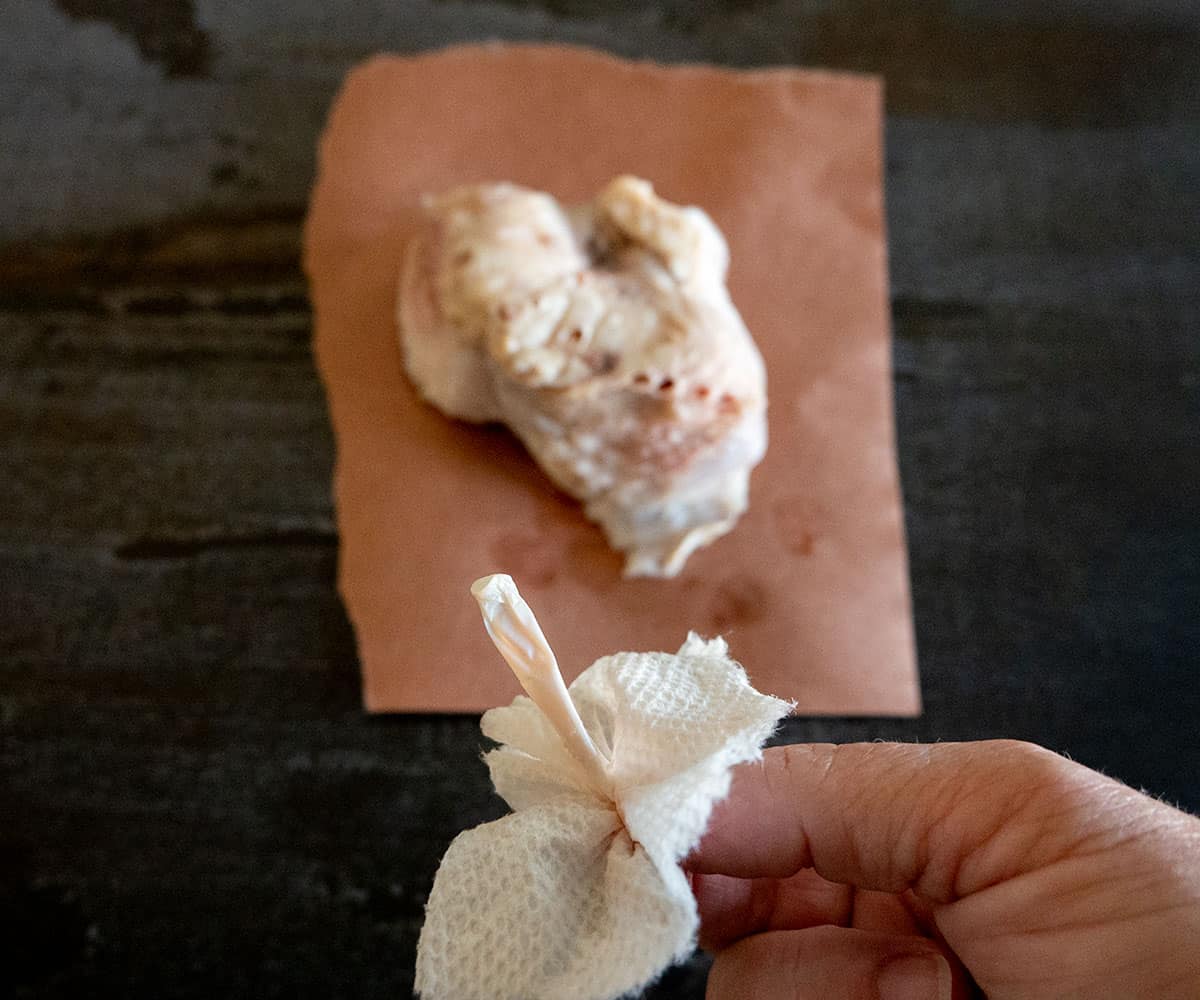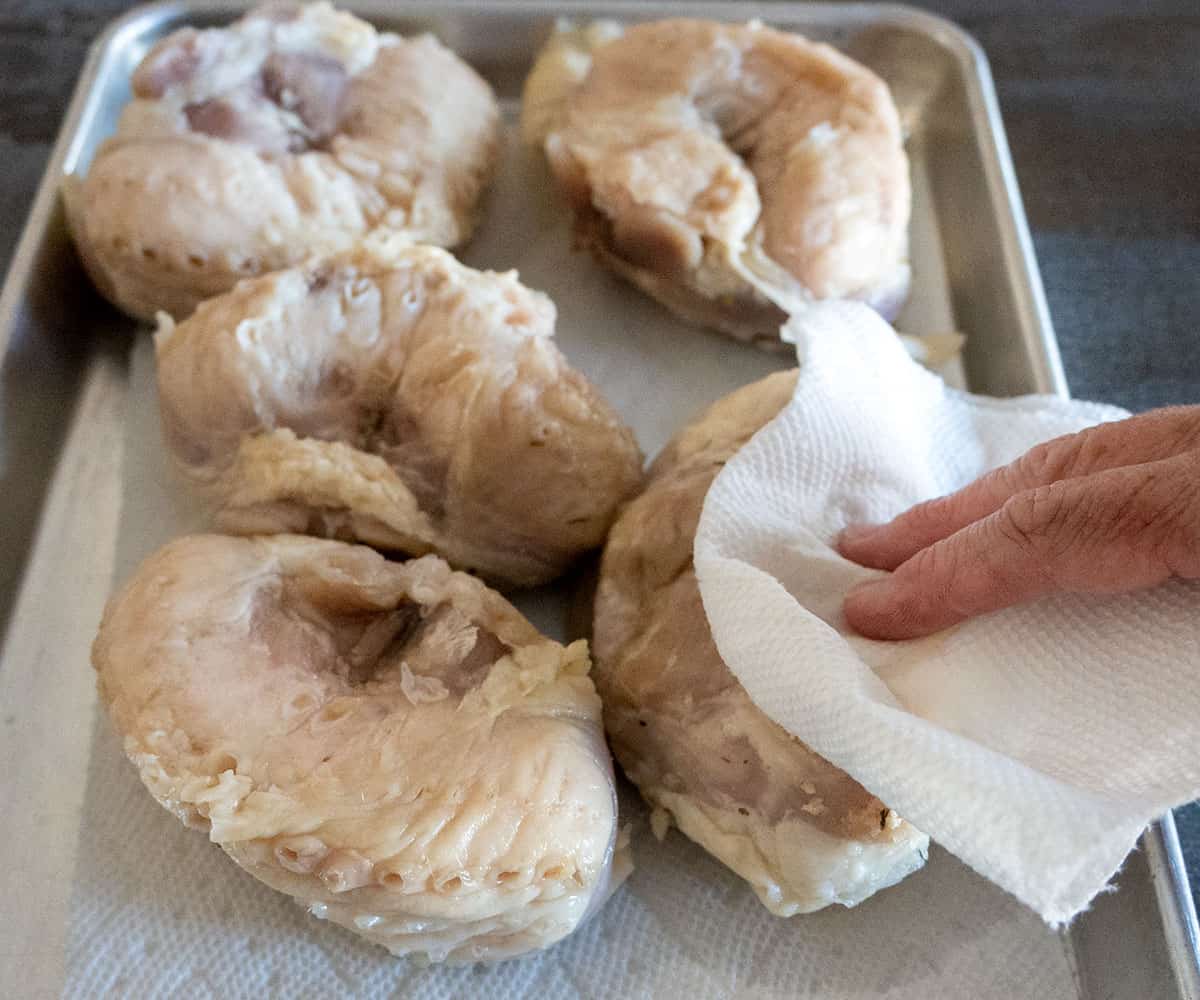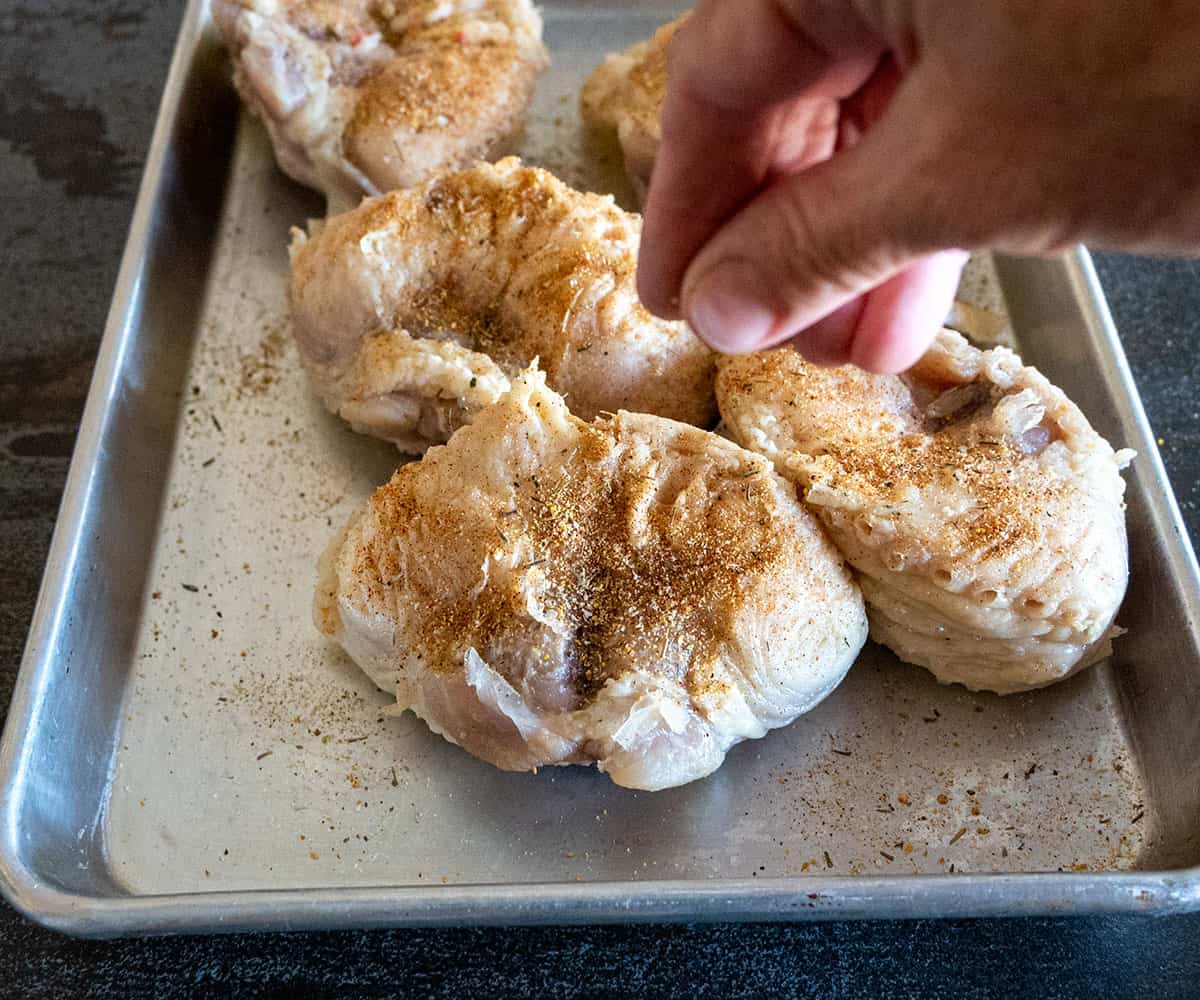Turkey tails that have been smoked are so delicious that they resemble the bird’s pork belly. Here’s everything you know about how to smoke them.
Keywords: turkey tail, cooking techniques, adobo, braising, frying, Filipino cuisine, Southern cuisine, collagen, fat, flavorful stock, nose-to-tail eating
While many discard turkey tails as undesirable, this article explores the culinary potential of this unique cut, offering a detailed guide on how to cook a turkey tail using the popular adobo method. It delves into the cultural significance of turkey tails, their nutritional value, and provides tips for utilizing them in various ways.
Cultural Significance:
- Global Delicacy: Turkey tails are enjoyed in various cultures, including the Pacific Islands, where they are considered a delicacy. They are often braised until tender and then fried for a crispy finish.
- Southern Cuisine: In the American South, turkey tails are a staple in soul food, often served smoked and accompanied by collard greens.
- Nose-to-Tail Eating: Cooking turkey tails aligns with the principle of nose-to-tail eating, maximizing the utilization of the entire animal and minimizing waste.
Nutritional Value:
- Collagen and Fat: Turkey tails are rich in collagen and fat, contributing to their flavorful and tender texture.
- Flavorful Stock: Turkey tails can be used to create a rich and flavorful stock, adding depth to soups and stews.
How to Cook a Turkey Tail:
Ingredients:
- Turkey tail
- Vinegar
- Soy sauce
- Water
- Brown sugar
- Garlic
- Peppercorns
- Flour
- Oil for frying
Instructions:
- Prepare the Turkey Tail: Remove the skin and the oil gland located on the underside of the tail.
- Marinate: Place the turkey tail in a bowl and cover it with the adobo marinade (vinegar, soy sauce, water, brown sugar, garlic, and peppercorns). Marinate for several hours.
- Braise: Transfer the marinated turkey tail and marinade to a pot and simmer on low heat for approximately 3.5 hours, or until fork-tender.
- Fry: Dredge the braised turkey tail in flour and fry until golden brown and crispy.
- Enjoy: Serve the fried turkey tail with your favorite dipping sauce or as an appetizer.
Tips:
- Save the Turkey Tail: Even if you don’t plan to cook it immediately, save the turkey tail for future use in stock or braising.
- Utilize the Fat: The rendered fat from the turkey tail can be used for cooking or adding flavor to dishes.
- Experiment with Different Flavors: Explore other marinades and cooking methods to discover your preferred way to enjoy turkey tail.
Cooking a turkey tail is an adventurous culinary experience that allows you to explore new flavors and textures. By following the adobo method or experimenting with other techniques, you can transform this often-discarded cut into a delicious and satisfying meal. Remember, nose-to-tail eating not only maximizes the utilization of the animal but also opens doors to unique and flavorful culinary discoveries.
Additional Resources:
- Video: How to Cook Beaver Tail: https://www.themeateater.com/watch/cooking-techniques/how-to-cook-beaver-tail/
- How to Perfectly Cook a Venison Steak: https://www.themeateater.com/cook/cooking-techniques/how-to-perfectly-cook-a-venison-steak/
- Video: How to Cook Nabeta: https://www.themeateater.com/watch/cooking-techniques/how-to-cook-nabeta/
Keywords: turkey tail, cooking techniques, adobo, braising, frying, Filipino cuisine, Southern cuisine, collagen, fat, flavorful stock, nose-to-tail eating
How to prepare turkey tails
Let’s take a closer look at the turkey tail. It’s kind of an odd looking piece of meat.
The pieces protruding from the sides are the first thing that catch attention. These are the feather shafts. Although they are usually completely removed, occasionally a piece or two may still have some inside.

The simplest method to get rid of these is to grab a tiny piece of paper towel, grip it, and pull. They’ll pop right out.
Fortunately, the glands that are attached to turkey tails are removed during processing before they are delivered to your grocery store.
Be sure to request that the local farmer remove the turkey tail if you are purchasing them. It can cause the meat to have a tainted taste.

Although this is optional, I chose to give the turkey tails a brief marinade in vinegar, water, garlic, and turkey rub because I wasn’t familiar with their flavor.
This is a tip I learned from my husband’s grandpa. He used to marinate chicken wings with this sauce, and the results were fantastic.
After placing them in a zip-top bag, refrigerate them for approximately one hour. You can continue a bit longer, but I wouldn’t recommend going over four hours. Otherwise, the meat will start to get chewy.
This is a great time to light the grill.

Once marinated, take them out of the bag and use paper towels to pat dry.

Because of the marinade, the meat has internal seasoning. Now, it’s time to season the outside.
These are perfect for my turkey rub recipe and my Spiceology Chicken Rub. Use your preferred poultry blend or just basic seasonings (salt, pepper, and garlic).

What is the meat on the turkey tail like?
When I made these for the first time, I didn’t know what to anticipate. I was aware that there was only bone, fat, and meat.
The shape resembles a football, with two extremely juicy pieces of meat on each side of the bone that sits in the center.
Additionally, there’s some meat at the front end of the bone.

When one of the sides is pulled off, the deliciously juicy meat is revealed.
The image below illustrates how the meat is covered in a glaze made of turkey fat. It’s crucial to raise the temperature of these smoked turkey tails because of this.
When you bite into that turkey fat, you want it to almost melt in your mouth.
And look at the picture below. Look how the skin is like glass. That’s the work of that honey soy glaze.

